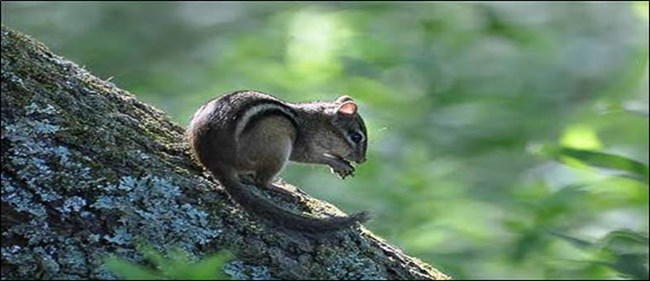
Hot Springs National Park, nestled in the heart of the Ouachita Mountains is home to a diverse range of mammalian inhabitants, which range from tiny chipmunks to 400lb black bears. The National Park Service is committed to preserving the natural resources these animals need to survive, through the protection and restoration of their native habitat. 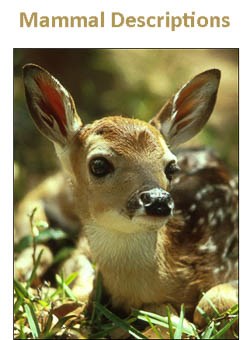
What is a Mammal?All mammals are classified into the class Mammalia. Mammals—along with birds, fish, amphibians, and reptiles—belong to a large group known as the vertebrates (animals possessing a backbone). Mammals share common features with each other, including being homeothermic (constant internal body temperature), having hair, having mammary glands (milk-producing structures in females), and being able to give live birth. There are more than 5,000 different mammalian species in the world, with around 500 being found in North America. Of those, around seventy wild species reside in Arkansas, and roughly 49 can be found within the park. Small MammalsMany of the small mammals in Arkansas belong to the orders Soricomorpha (shrews and moles), Chiroptera (bats), and Rodentia (squirrels, rats, mice). These mammals are an important part of the food chain and the ecosystem. Large MammalsWhile the state of Arkansas is home to several large mammal speices, Black bears (Urus americanus) and white tailed deer (Odocoileus virginianus) are the two most common in the park. Even though it is not often that our guests will come into contact with a bear, we can often tell they are around by finding their scat along or around the trails. 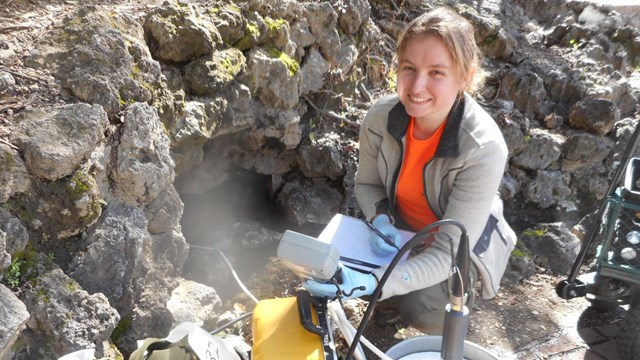
Research & Science
Learn more about the research permitting process and responsibilities at Hot Springs National Park. 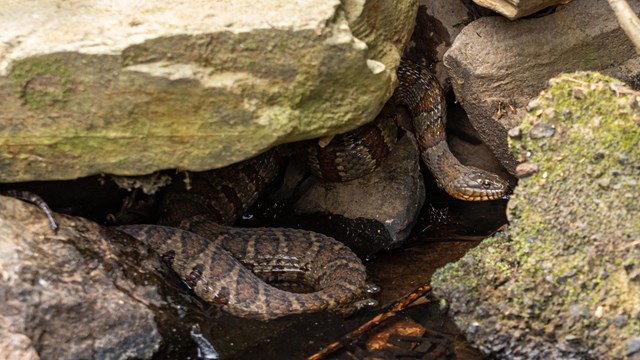
Animals
Learn about the wildlife in the Park. 
Places
Learn about the historical places in the Park. 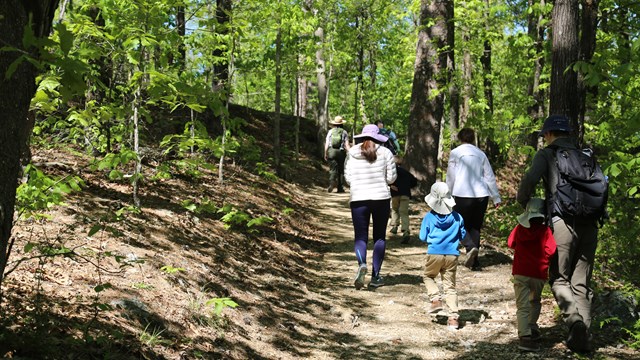
Outdoor Activities
Stroll, hike, or drive through the scenic, forested mountains in our park! |
Last updated: September 26, 2022
